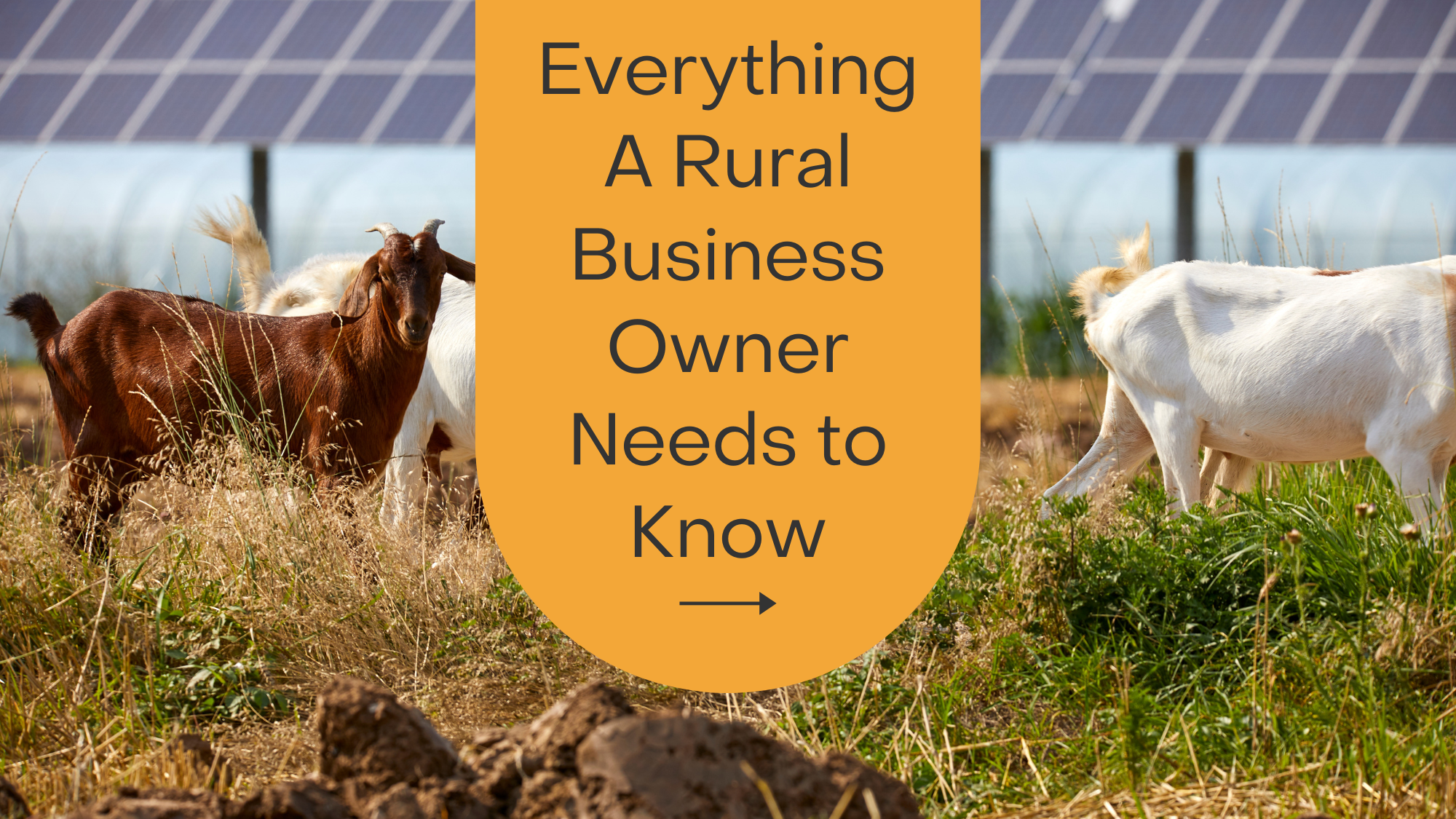7 Critical REAP Grant Application Mistakes to Avoid
With the September 30 deadline approaching, learn how to avoid the most common errors that lead to REAP grant rejections.

Rural business owners and agricultural producers looking to reduce energy costs have a powerful funding option available: USDA Rural Energy for America Program (REAP) grants. These grants can cover up to 25% of the costs for renewable energy systems or energy efficiency improvements, with solar installations being one of the most popular and practical applications.
With the September 30, 2025 application deadline approaching, now is the time to understand how REAP grants can help fund your solar project, determine if you qualify, and prepare a winning application.
The Rural Energy for America Program (REAP) provides guaranteed loan financing and grant funding to agricultural producers and rural small businesses for renewable energy systems or energy efficiency improvements. Administered by the United States Department of Agriculture (USDA), REAP grants are designed to help rural businesses reduce energy costs and consumption while promoting renewable energy development in rural America.
REAP grants have become increasingly competitive as more rural businesses recognize their value, but with proper preparation and expert guidance, you can significantly increase your chances of approval.
To qualify for REAP grants, applicants must meet specific eligibility requirements that vary slightly depending on whether you're an agricultural producer or a rural small business.
"The REAP grant was a game-changer for us. We reduced our energy costs by over $4,000 annually with our solar installation, and the grant covered half of the total cost." — Lucas Grounds, Rural Business Owner
Solar photovoltaic (PV) systems are among the most popular projects funded through REAP grants, and for good reason:
Solar projects also score well in the USDA's evaluation criteria for REAP grants, which increases your chances of approval.
REAP grants can fund various solar technologies and applications, including:
The key requirement is that the system must be sized to your energy needs and cannot be designed primarily to sell power back to the grid.
The REAP grant application process can be complex, but breaking it down into steps makes it more manageable:
Confirm that both your business and your proposed project qualify for REAP funding. This includes verifying your rural location (for non-agricultural businesses), business size, and project type.
For solar projects, you'll need to document your current energy usage and demonstrate how the proposed system will reduce it. This typically requires professional assistance to calculate projected energy production and savings.
Obtain detailed quotes and technical specifications from solar installers. Make sure they provide all the documentation needed for your application, including equipment specifications and projected energy production.
Develop a comprehensive financial plan that shows how you'll finance the entire project, including the portion not covered by the REAP grant.
Complete all required USDA forms and gather supporting documentation, including:
Submit your completed application package to your state USDA Rural Development office before the September 30, 2025 deadline. Earlier submission is recommended as applications are processed on a first-come, first-served basis.
The USDA will review your application against their scoring criteria, which include:
If approved, you'll receive an award letter from the USDA. Review the terms carefully and accept the grant within the specified timeframe.
Once you accept the grant, you can begin project implementation. Keep detailed records and follow all USDA requirements throughout the process.
After completing the project, submit all required documentation to receive your grant funds. REAP grants are typically disbursed as reimbursements after project completion.
To increase your chances of approval and maximize your funding, consider these expert tips:
Begin the application process at least 3-4 months before the deadline. This gives you ample time to gather all required documentation and address any potential issues.
Partner with solar installers and grant writers who have experience with REAP applications. Their expertise can significantly improve your application quality and success rate.
REAP applications are scored partly on energy generated or saved per grant dollar. Ensure your project demonstrates strong energy performance and efficiency.
Plan to leverage other available incentives alongside your REAP grant, such as:
When combined, these incentives can cover 70-85% of total project costs, dramatically improving your ROI.
Smith's Farm Supply in rural Iowa was struggling with high electricity costs for their 15,000 square foot retail and warehouse facility. By working with TurboREAP, they successfully secured a REAP grant that covered 50% of their solar project costs.
| Metric | Value |
|---|---|
| Solar System Size | 60 kW |
| Total Project Cost | $180,000 |
| REAP Grant Amount | $90,000 (50%) |
| Federal Tax Incentives | $54,000 (30%) |
| Net Cost to Business | $36,000 (20%) |
| Annual Electricity Savings | $12,000 |
| Simple Payback Period | 3 years |
| 25-year Savings | Over $400,000 |
The project not only reduced their operating costs but also provided a hedge against future electricity rate increases and demonstrated their commitment to sustainability to their agricultural customers.
Many REAP applications are rejected due to these common mistakes:
With the September 30, 2025 deadline approaching, now is the ideal time to begin exploring whether a REAP grant-funded solar project makes sense for your rural business or agricultural operation. The process takes time, but the financial benefits can be substantial.
REAP grants represent one of the most significant opportunities for rural businesses to reduce energy costs, increase sustainability, and improve long-term profitability through solar energy.
At TurboREAP, we specialize in simplifying the REAP grant application process for rural businesses and agricultural producers. Our no-risk grant writing service means you only pay when your grant is approved.
Ready to explore REAP funding for your solar project? Check your eligibility with our free 5-minute assessment, or contact our team to learn more about how TurboREAP can help you secure USDA funding for your renewable energy project.